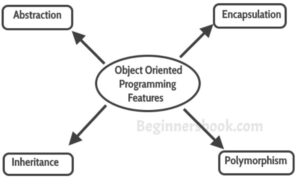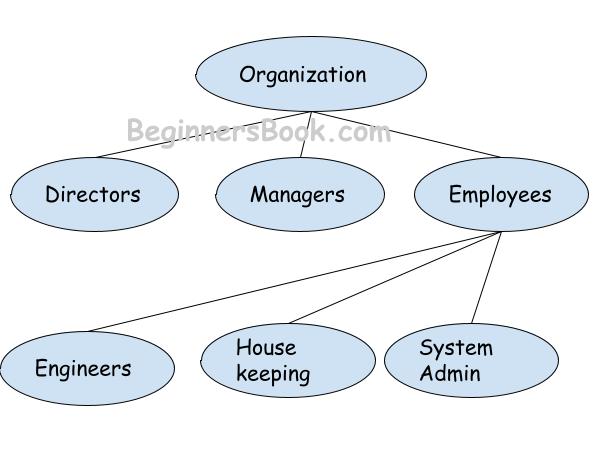DBMS is a software that manages the data for efficient storage and fast retrievals of data from database. MySQL, IBM Db2, Oracle, PostgreSQL etc. are all DBMS softwares that manages the data.
you will learn various types of DBMS.
Types of DBMS
There are 4 types of DBMS:
1. Relational Database Management System (RDBMS)
2. Object Oriented Database Management System.
3. Hierarchical Database management system.
4. Network Database management system.
1. Relational Database Management System
A relational database management
system (RDBMS) is the most widely used type of DBMS. It organizes data into
tables, also called relations, with rows and columns. The rows represent
records, and the columns represent fields within those records. RDBMSs use
Structured Query Language (SQL) to interact with the data. Examples of RDBMS
include MySQL, Oracle, and Microsoft SQL Server.
For example, a student table stores the records of various students, a row of this table represents the record of a single student and the column represents the attributes of the record such as student id, name, age, address etc.
Student table
ID Name Age Address --- --------- ---- -------- 101 Ajeet 28 Delhi 102 Chaitanya 32 Noida 103 Hari 31 Pune 104 Rahul 30 Agra 105 Steve 35 Noida
We use SQL to manage, organize and perform various operations on RDBMS.
Examples of RDBMS: MySQL, Oracle, DB2 etc.
2. Object Oriented Database Management System
An object-oriented database management
system (OODBMS) is similar to an RDBMS, but it uses objects and classes to
organize data. The data is stored as objects, and the classes define the
properties and methods of those objects. OODBMSs use a version of SQL called
Object Query Language (OQL) to interact with the data. Examples of OODBMS
include Gemstone and Matisse.
Elements of Object Oriented Database:
Object: It is a combination of data and its behaviour(commonly referred as methods).
For example: A house is an object. An object has two characteristics: states and behaviour.
In this example of “House” being an object. The state of “House” is its address, color, area etc. and behaviour is Open main door, close main door etc.
An object oriented database can be represented by the following diagram. To read more about object oriented programming, refer this guide.
3. Hierarchical Database Management System
A hierarchical database management
system (HDBMS) organizes data into a tree-like structure. Each node in the tree
represents a record, and each branch represents a relationship between records.
HDBMSs use a data manipulation language (DML) to interact with the data.
Examples of HDBMS include IBM's Information Management System (IMS) and the
Integrated Data Store (IDS).
Example of Hierarchical database systems are: IMS by IDM, Windows registry by Microsoft.
For example: To store the data of an organization, the root node is organization itself. The immediate child nodes are: Employees, Managers, Directors. These child nodes can have further child nodes such as Employees can have child nodes such as: Engineers, Housekeeping staff, system admin etc.
It can be represented by the following diagram:
4. Network Database Management System
A network database management system
(NDBMS) organizes data into a network of records and relationships. Each record
can have multiple parent and child records, creating a complex web of
relationships. NDBMSs use a DML to interact with the data. Examples of NDBMS
include Integrated Data Store (IDS) and Codasyl Data Base Management System
(DBMS).
